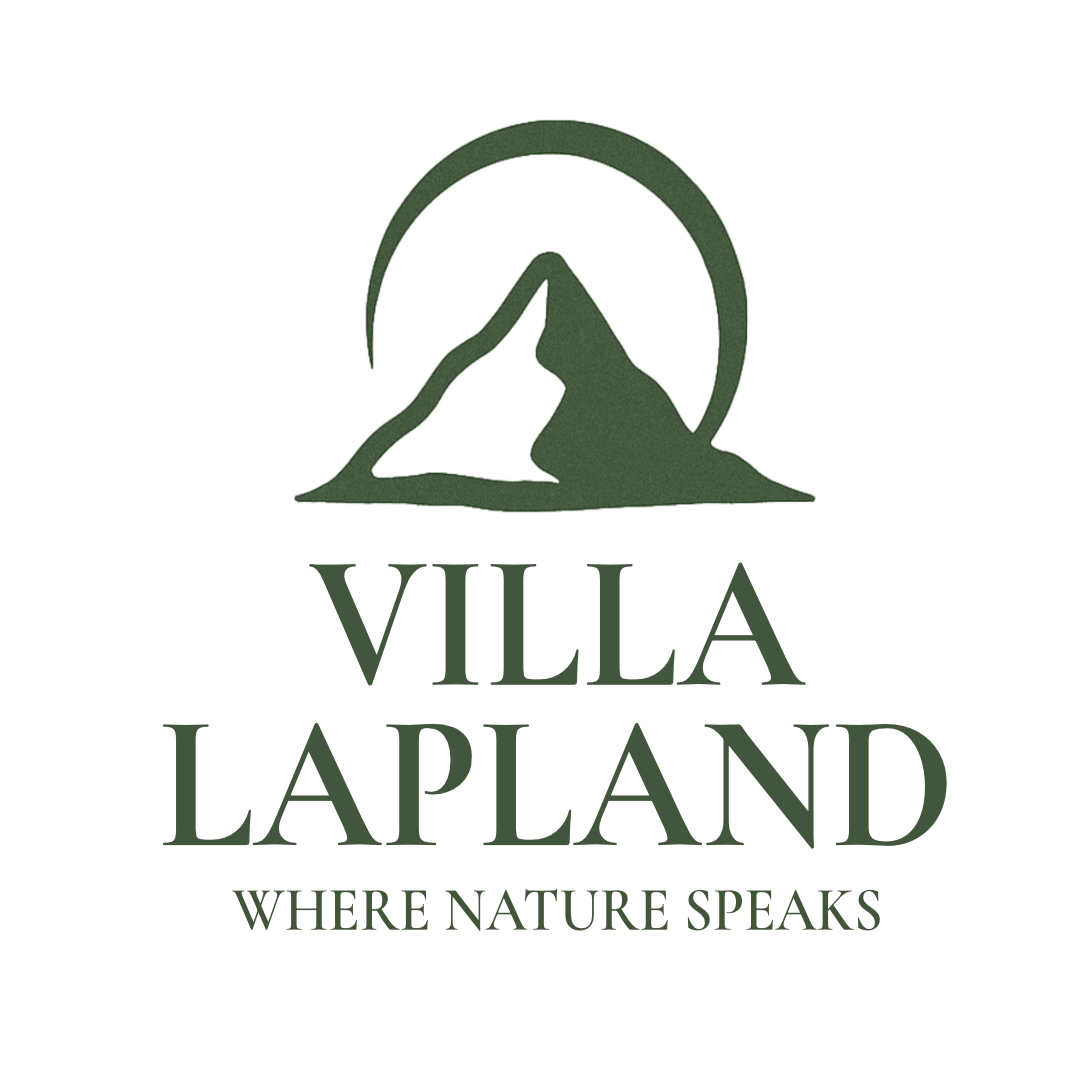Do you need rental winter clothing in Lapland?
Lapland in winter can reach −38 °C. For many first-time visitors, the question arises: should you rent special clothing, or bring your own?
The basics
If you already have good outdoor gear – wool base layers, a fleece mid layer, and a wind- and waterproof outer shell – you may not need rental overalls. Your own clothes are more flexible, easier to adjust, and feel familiar.
When rental makes sense
Rental suits are warm, padded overalls. They are useful if:
-
you come from a warmer climate and own little winter gear,
-
you plan husky or snowmobile tours (often included in the price),
-
you need something simple for children who play outside for hours.
Local perspective
Locals rarely use rental clothing. They wear layered systems with wool and down, adjusted throughout the day. This works better for comfort and for moving between indoor and outdoor spaces.
In short: rental clothing is not essential. It is a safety net. If you are unsure, try layering first – and use rental only for long days in the Arctic cold.



